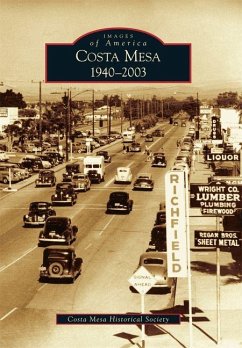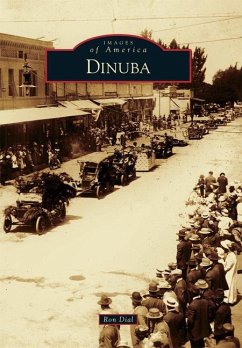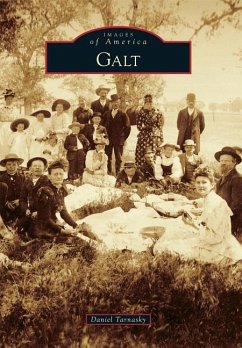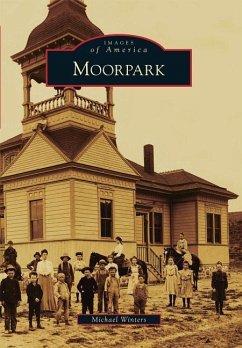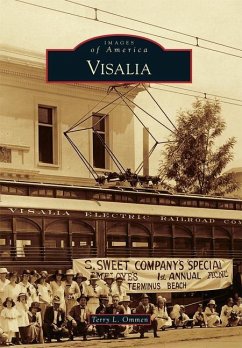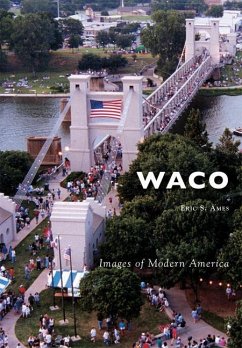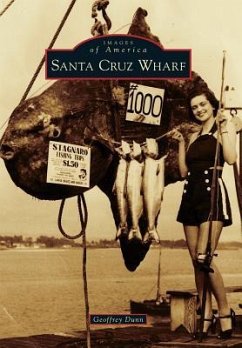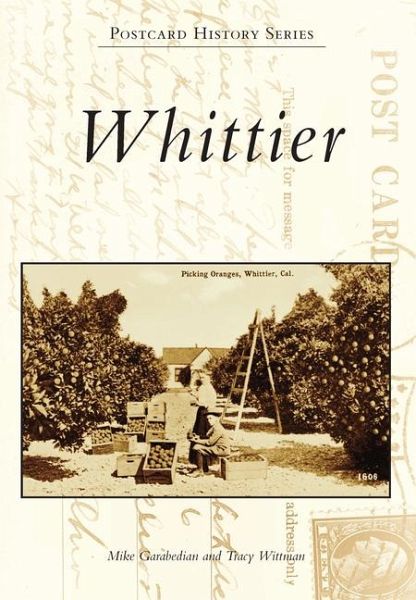
Whittier

PAYBACK Punkte
9 °P sammeln!
"Ye Olde Friendly Towne of Whittier" grew from a small colony of Quaker pioneers who arrived in 1887 into a center for the production of agriculture and oil around the time the city was incorporated in 1898, and not long after that into a commercial hub, college town, and flourishing Los Angeles suburb. Whittier's beginnings also coincided with the so-called "Golden Age of Postcards," when folks everywhere mailed and collected billions of the then new medium, and Whittier boosters and civic leaders published dozens that celebrated the things that made their Whittier one-of-a-kind--a trend that...
"Ye Olde Friendly Towne of Whittier" grew from a small colony of Quaker pioneers who arrived in 1887 into a center for the production of agriculture and oil around the time the city was incorporated in 1898, and not long after that into a commercial hub, college town, and flourishing Los Angeles suburb. Whittier's beginnings also coincided with the so-called "Golden Age of Postcards," when folks everywhere mailed and collected billions of the then new medium, and Whittier boosters and civic leaders published dozens that celebrated the things that made their Whittier one-of-a-kind--a trend that continued throughout the 20th century. This book features many of these vintage postcards, selected by Whittier historians Erin Fletcher, Mike Garabedian, and Tracy Wittman from public archives and private collections. Described with an eye toward remembering the past--including long-gone landmarks--the book also charts Whittier's trajectory through the unique features and places in town of which 20th-century Whittierites themselves were proudest.




